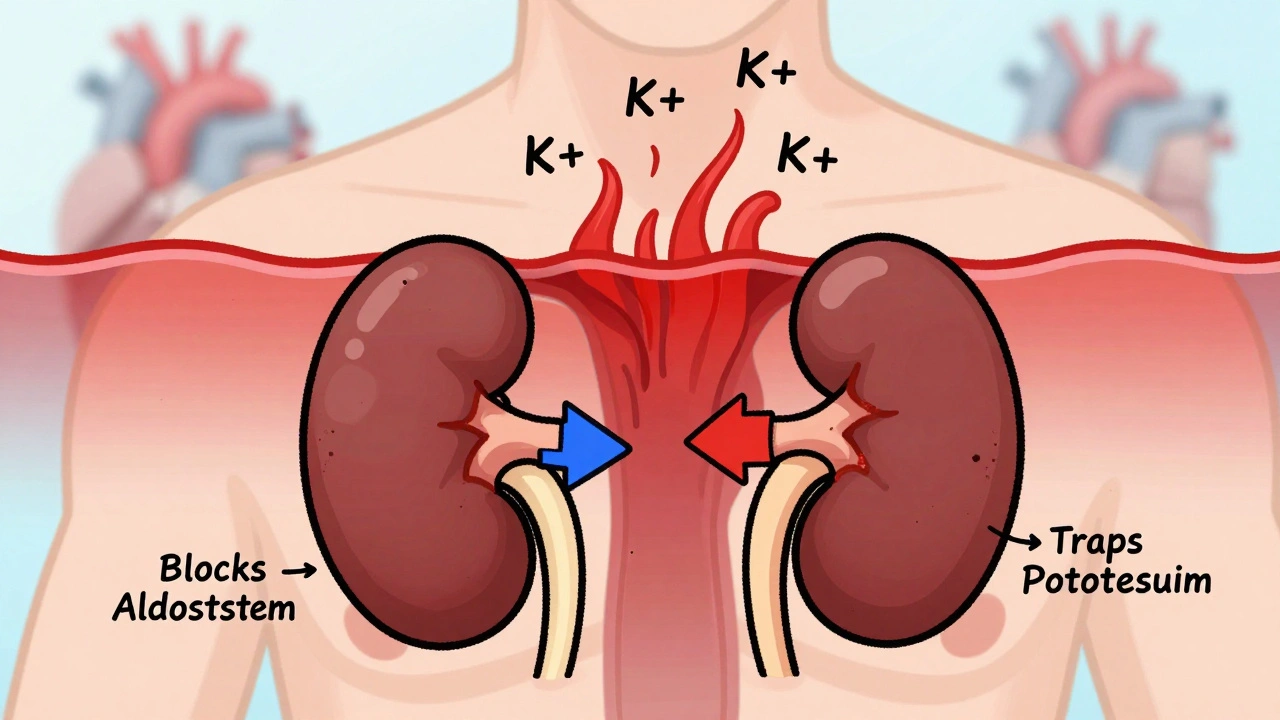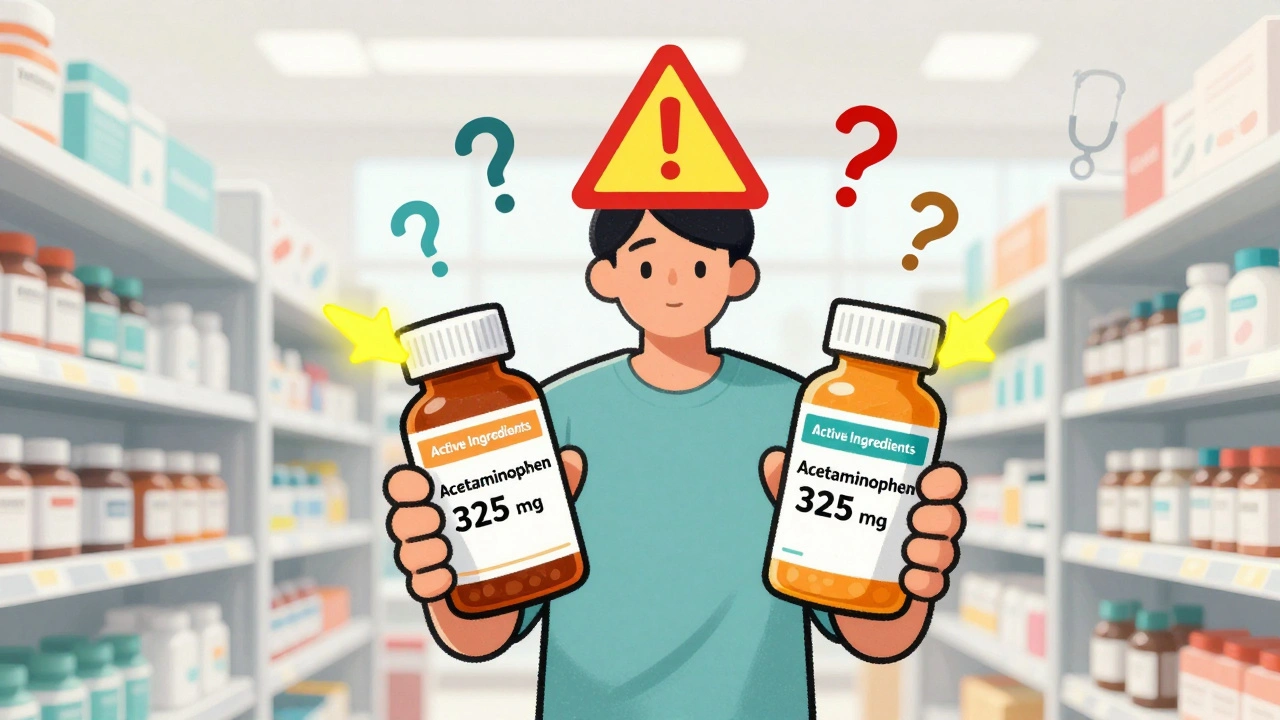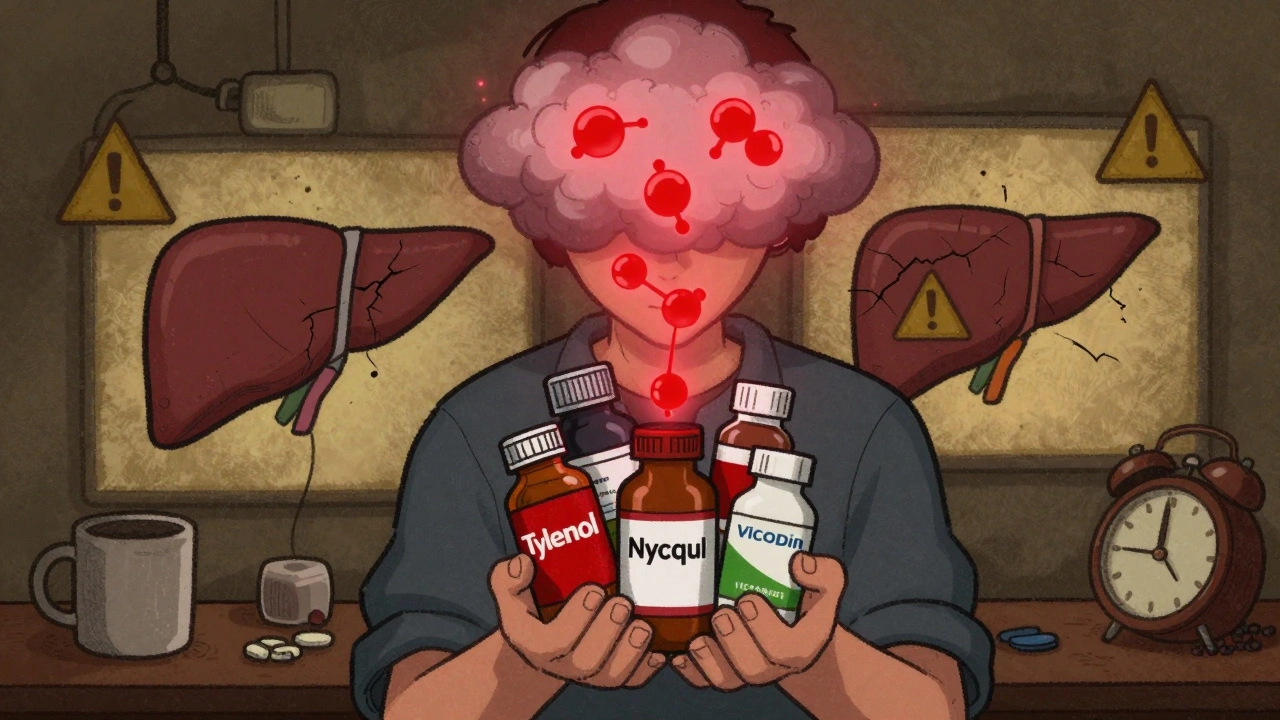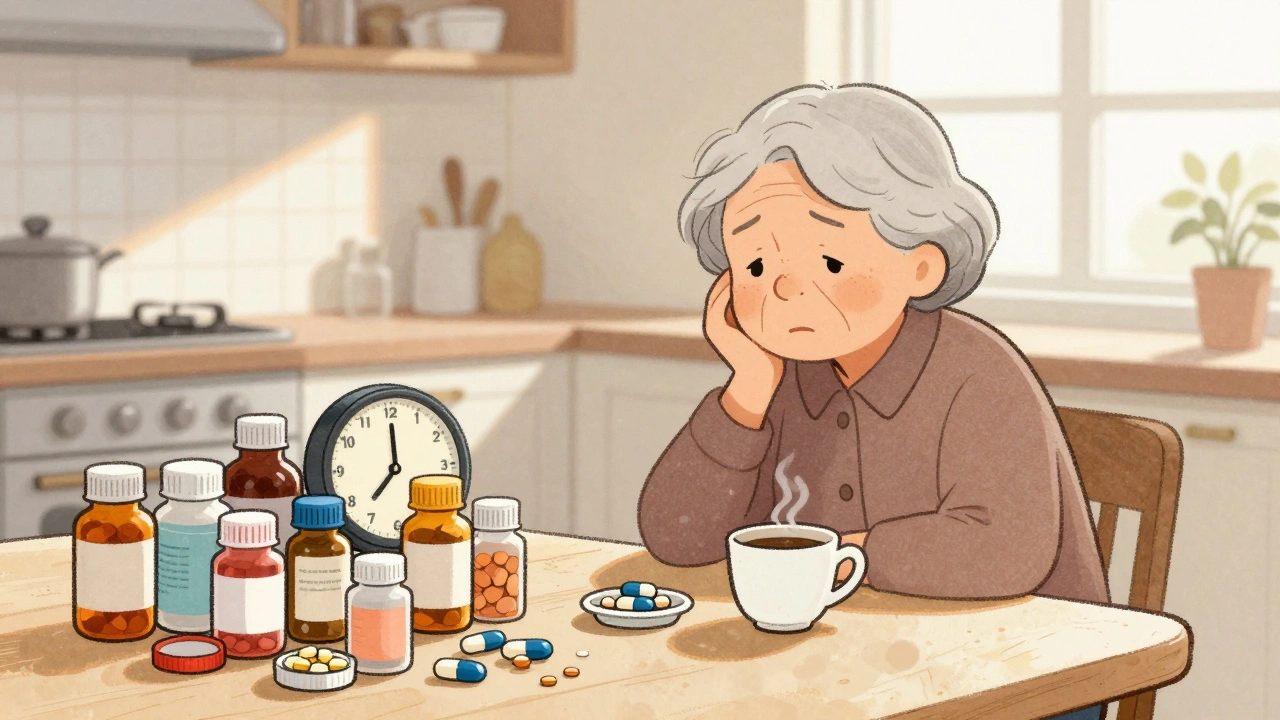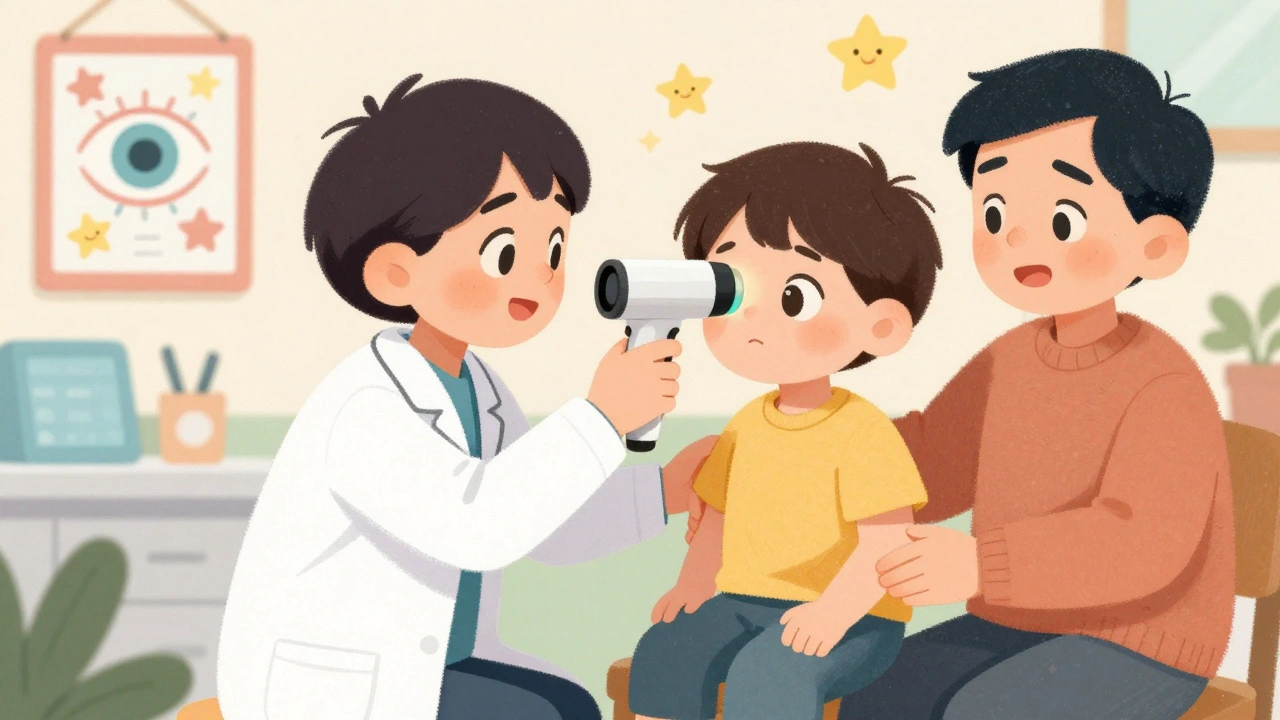Pulmonary Tuberculosis – All You Need to Know
When dealing with pulmonary tuberculosis, a contagious lung infection caused by Mycobacterium tuberculosis. Also known as TB, it spreads through tiny droplets when an infected person coughs or sneezes. The culprit, Mycobacterium tuberculosis, a slow‑growing bacterium that settles in the air sacs of the lungs, triggers symptoms like persistent cough, fever, night sweats and weight loss. People with weakened immune systems, such as those living with HIV or diabetes, are especially vulnerable. Early recognition matters because untreated disease can damage lung tissue and become infectious for months. Prevention often starts with the BCG vaccine, a live attenuated vaccine that reduces severe forms of TB in children, although it doesn’t guarantee complete immunity for adults. Understanding how the bacteria, the host, and the environment interact helps you see why a single‑drug approach never works and why coordinated care is essential.
Key Topics Covered
Diagnosing pulmonary tuberculosis relies on a few reliable tools. The classic sputum smear microscopy, a lab test that looks for acid‑fast bacilli in a patient’s mucus is quick and inexpensive, while newer molecular tests like GeneXpert detect bacterial DNA and drug resistance in under two hours. Chest X‑rays give a visual cue of lung infiltrates, but they need confirmation from microbiological evidence. Once confirmed, treatment follows a strict regimen of first‑line antibiotics—isoniazid, rifampicin, ethambutol and pyrazinamide—taken for at least six months. The regimen’s success hinges on directly observed therapy, a strategy where health workers watch patients swallow each dose, which minimizes missed pills and curbs the rise of drug‑resistant TB, forms of the disease that no longer respond to standard drugs. When resistance appears, second‑line agents like fluoroquinolones and injectable medications extend treatment to 18‑24 months and demand close monitoring for side effects. Understanding these diagnostic and therapeutic steps shows why a coordinated public‑health effort is crucial to stop the chain of transmission.
Beyond individual care, community‑level actions shape the fight against pulmonary tuberculosis. Contact tracing identifies people exposed to an active case, allowing them to receive preventive therapy before disease takes hold. Continued vaccination with BCG, especially in high‑burden regions, cuts down severe childhood cases. Education campaigns teach patients why completing the full drug course matters, while health‑system support—like providing food parcels or travel vouchers—helps people stick to treatment. Air‑borne infection control in clinics, such as using ultraviolet germicidal irradiation and proper ventilation, reduces nosocomial spread. All these pieces—accurate diagnosis, strict treatment adherence, vaccination and public‑health infrastructure—form a network that keeps pulmonary tuberculosis from exploding into a larger crisis. Below you’ll find articles that dig deeper into each of these areas, offering practical tips and the latest research to empower you in handling pulmonary tuberculosis confidently.

How Climate Change Fuels Pulmonary Tuberculosis Rates
Explore how rising temperatures, humidity, air pollution, and climate‑driven displacement are boosting pulmonary tuberculosis rates, and discover climate‑smart strategies to curb the spread.

